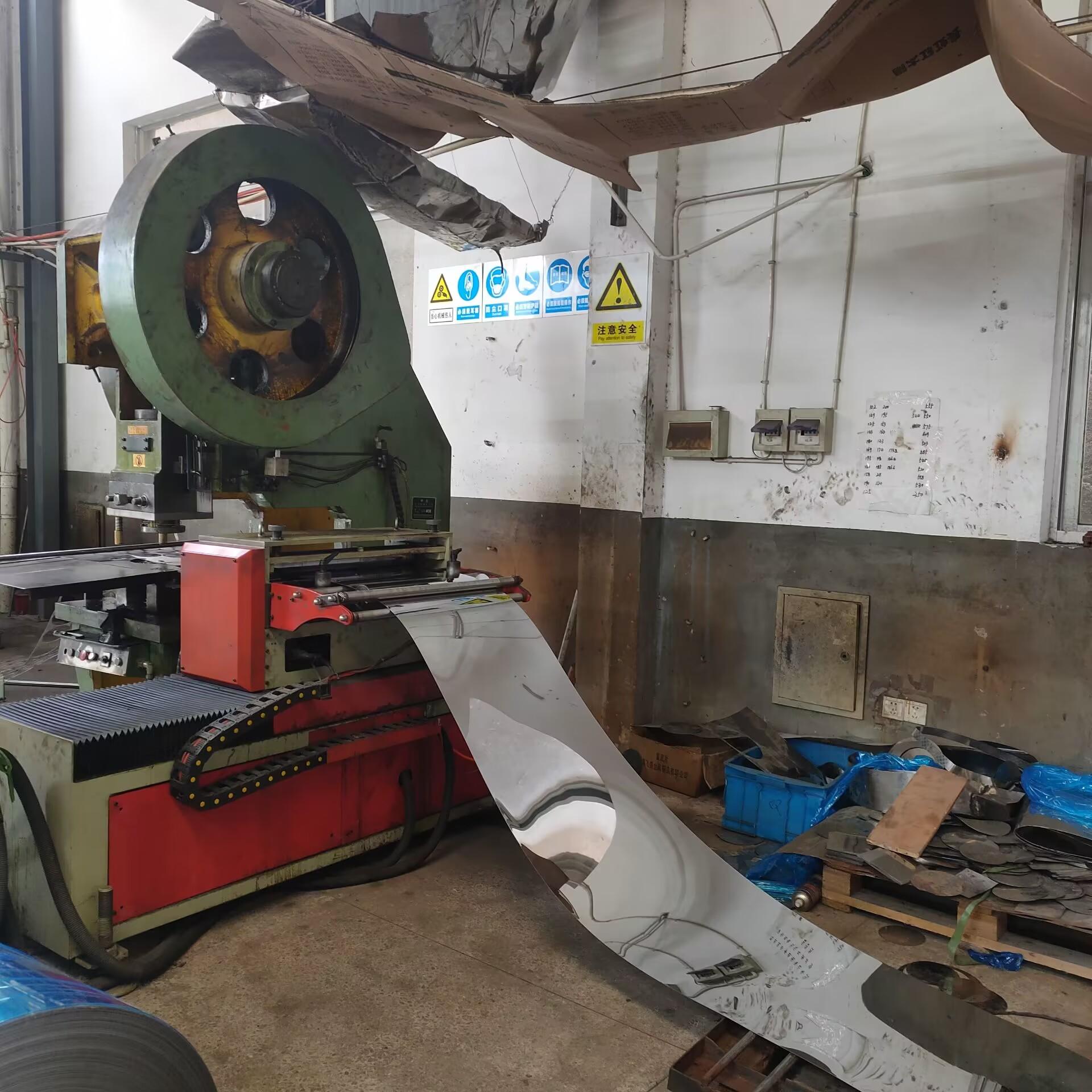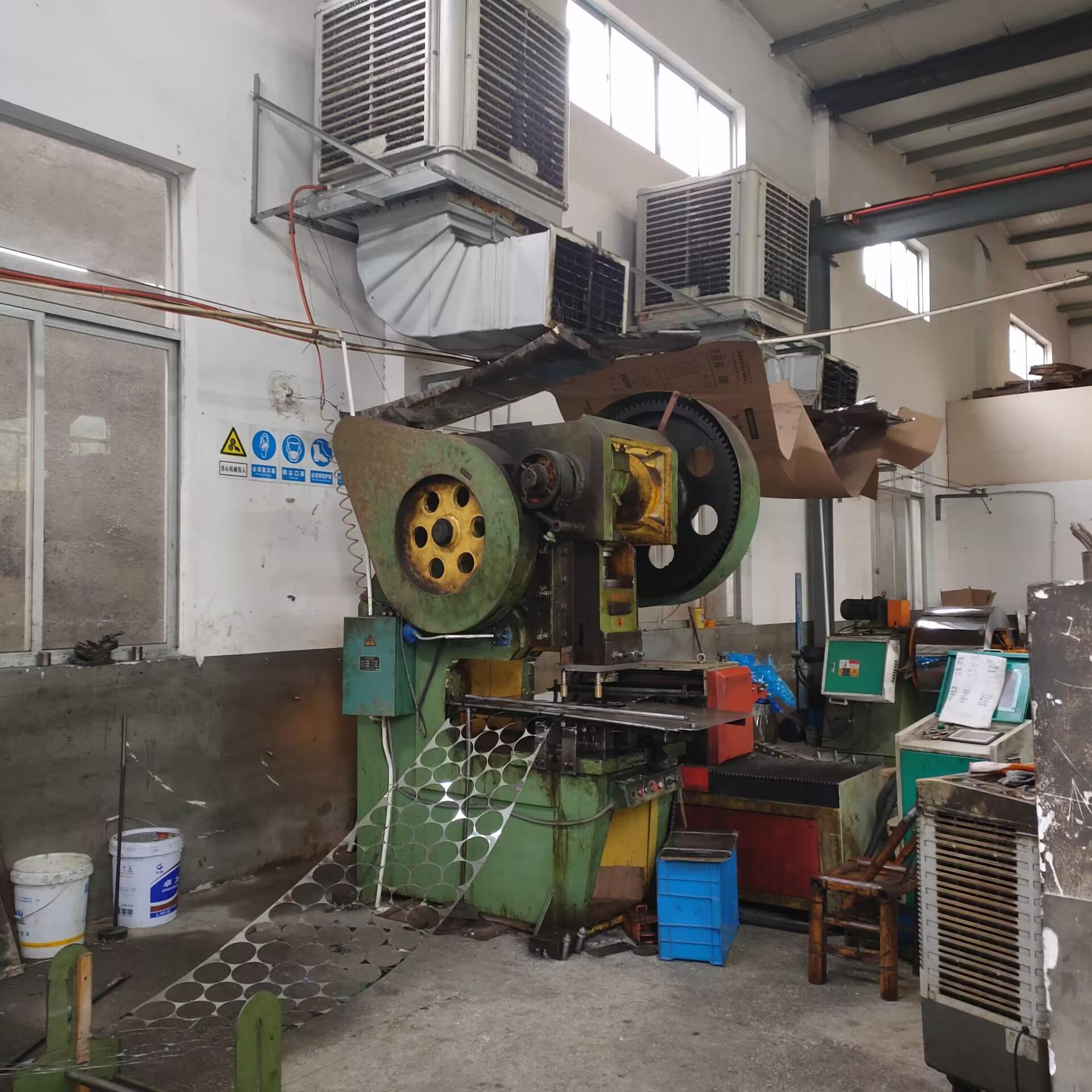
Yes, you can use aluminum cookware on an induction hob. This guide shows you how to make it induction-compatible. Discover effective methods like using an induction steel plate for Aluminum cookware or a Cookware Bottom Induction Disk. Cookware with an integrated induction base also works. A stainless steel heat diffuser or an induction steel plate enables this, sometimes featuring an induction hole plate.
Key Takeaways
- Aluminum cookware does not work on induction stoves by itself. It needs a special magnetic part to heat up.
- You can use an induction disk under your aluminum pan. This disk gets hot and then heats your pan.
- Some aluminum pans have a magnetic bottom built in. These pans work directly on induction stoves.
Why Aluminum Cookware Isn’t Naturally Induction-Ready
Understanding Induction Cooking Principles
Induction cooking operates on a unique principle. It generates an electromagnetic field that directly induces heat within the pan. This differs significantly from electric hobs or gas burners, which transfer heat from an external source. A coil of copper wire beneath a heat-proof glass-ceramic surface carries an alternating electric current. This current creates an oscillating magnetic field. The magnetic field then induces an electrical current in suitable cookware. This induced current converts into heat through resistance within the cookware itself. Therefore, the cookware itself serves as the heat source. Cookware must contain ferromagnetic metal, such as cast iron or some stainless steels, to work with induction technology.
The Non-Magnetic Nature of Aluminum
Aluminum cookware does not naturally work on induction cooktops because of its non-magnetic properties. Aluminum is not considered a magnetic material. It exhibits only very weak magnetism, known as paramagnetism, when exposed to a magnetic field. This effect is too weak to be noticeable without sophisticated instruments. The key difference from ferromagnetic materials like iron lies in their atomic structure. Iron atoms have unpaired electrons in their outer shell, which create small magnetic fields that align to produce a strong overall magnetic field. Aluminum atoms, conversely, do not have unpaired electrons in their outer shell; their electrons are paired, canceling out individual magnetic fields. This lack of unpaired electrons prevents aluminum from generating a strong magnetic field. Consequently, aluminum cannot interact effectively with the induction hob’s magnetic field. This is why an external solution, such as an induction steel plate for Aluminum cookware, becomes necessary.
Method 1: Using an Induction Interface Disk
What is an Induction Interface Disk
An induction interface disk, also known as an induction adapter plate or induction converter, is a flat, circular piece of magnetic material. It is typically made from magnetic stainless steel. This disk is placed at the bottom of cookware. It converts the electromagnetic field from induction hobs into heat. This allows non-induction cookware, such as aluminum pans, to be used on induction cooktops. The magnetic stainless steel material allows the disk to absorb magnetic waves from an induction stove. It then converts that energy into heat. This enables the use of non-induction compatible cookware.
How an Induction Disk Makes Aluminum Induction-Compatible
An induction disk makes non-magnetic aluminum cookware compatible with induction hobs. These induction disks are made of magnetic stainless steel. This material allows them to absorb energy from the induction hob. The disk then transfers this energy to the aluminum cookware. It essentially acts as a portable heating element. The disk’s material is chosen to conduct heat efficiently and evenly to the cookware. This process effectively bridges the gap between the induction hob’s magnetic field and the non-magnetic aluminum pot. It allows the aluminum cookware to heat up.
Advantages of Using an Induction Disk
Using an induction disk offers several benefits. It provides a cost-effective solution. People can continue using their existing aluminum cookware on a new induction stovetop. This avoids the expense of buying a complete new set of induction-compatible pots and pans. The disks are also versatile. They can be used with various types of non-induction cookware, not just aluminum. This includes glass, ceramic, and copper pots. An induction steel plate for Aluminum cookware extends the life of beloved kitchen items. It also promotes sustainability by reducing waste.
Disadvantages of Using an Induction Disk
Despite its advantages, an induction disk has some drawbacks. It introduces an extra layer between the hob and the cookware. This can lead to slower heating times compared to direct induction-compatible cookware. The disk itself needs to heat up first. This then transfers heat to the pot. This two-step process can reduce energy efficiency. Heat distribution might also be less even. Hot spots can occur on the disk, which then transfer to the cookware. The disk also adds an extra item to clean and store. It can sometimes slide on the hob, requiring careful handling.
Selecting the Right Induction Disk
Choosing the correct induction disk is important for optimal performance. Consider the disk’s material. High-quality magnetic stainless steel ensures efficient heat transfer and durability. The disk’s size should match the base of your cookware. A disk that is too small or too large can lead to inefficient heating. Look for disks with a flat, stable base. This ensures good contact with both the hob and the cookware. Some disks feature handles for easier placement and removal. Always check product reviews for reliability and user experience.
Method 2: Aluminum Cookware with Integrated Induction Bases

What is Integrated Induction Base Cookware
Integrated induction base cookware features a magnetic material permanently bonded to its aluminum body during manufacturing. Manufacturers typically use a layer of ferromagnetic stainless steel. This layer forms the bottom of the pan. It allows the aluminum cookware to interact with the induction hob’s magnetic field. This design makes the cookware inherently induction-compatible. It eliminates the need for external accessories, such as an induction steel plate for Aluminum cookware. The magnetic base becomes an integral part of the pan.
Benefits of Integrated Induction Bases
Cookware with integrated induction bases offers several advantages. It provides direct compatibility with induction cooktops. Users do not need separate interface disks. This design often leads to more efficient heat transfer. The magnetic layer is directly fused to the aluminum. This ensures quick and even heating across the cooking surface. The cookware feels more stable on the hob. It also offers greater convenience during cooking and cleaning. The integrated base presents a seamless appearance.
Limitations of Integrated Induction Bases
Despite their benefits, integrated induction bases have some limitations. The core material of the cookware remains aluminum. Aluminum itself is not ferromagnetic. This means the induction hob only heats the magnetic base. If the base is too thin or poorly designed, heat distribution might not be perfectly uniform across the entire pan. This can lead to hot spots. The manufacturing process for integrated bases adds to the cost. Such cookware is often more expensive than plain aluminum pans. The added magnetic layer also increases the cookware’s weight. This can make some pieces heavier to handle.
How to Identify Induction-Compatible Aluminum Cookware
Identifying induction-compatible aluminum cookware is straightforward. Many aluminum nonstick pans are now made compatible by being clad with a magnetic metal. This cladding allows them to work on induction stovetops. Aluminum itself is not ferromagnetic. Consumers should look for specific symbols on the bottom of the cookware. A common indicator is a stamped coiled spring symbol. This symbol explicitly denotes induction compatibility. Other cookware may feature an induction coil icon or text stating “induction compatible.” A simple magnet test also works. If a magnet sticks firmly to the bottom of the pan, the cookware is suitable for induction hobs.
The Role of an Induction Steel Plate for Aluminum Cookware

What is an Induction Steel Plate
An induction steel plate is a specialized component. It consists of a ferromagnetic stainless steel composite film or a metal plate with good magnetic conductivity. This plate enables non-magnetic cookware, such as aluminum pots and pans, to function on induction cookers. The plate transmits heat to the non-magnetic cookware. This ensures quick and even heating across the entire pot body. It effectively bridges the gap between induction technology and non-magnetic materials.
How Induction Steel Plates are Integrated
Manufacturers integrate an ‘induction bottom’ into aluminum cookware. This magnetic layer is added to the base of the aluminum pot. It allows the cookware to function on induction surfaces. These pieces typically feature a stainless steel or iron disc embedded in the bottom. This hybrid construction offers benefits. It provides excellent contact with the induction surface from the magnetic base. It also ensures superior heat distribution from the aluminum body. An induction steel plate for Aluminum cookware is a key component in this integration. Factories produce cookware spare parts like induction disks, induction base plates, and induction bottom plates for this purpose.
Customization and Manufacturing of Induction Steel Plates
Customization options for induction steel plates are extensive. Manufacturers can customize the center hole size, for example, to Φ 51mm. The pattern can also be customized. Hole arrangement options are available to match specific cooking needs, cookware, and cooking styles. The difficulty lies in creating holes of different sizes. Once the design is confirmed, a mold is made for punching these holes. Consumers increasingly demand personalized products. They can use online tools to customize their cookware in terms of both function and appearance.
Durability and Safety of Induction Steel Plates
Durability and safety are crucial for induction steel plates. For optimal safety and corrosion resistance, manufacturers choose 304 or 316 stainless steel. For even heat distribution and durability, they opt for 5-ply or higher construction. Trusted brands prioritize rigorous safety testing and high-quality materials. Stainless steel is resistant to rust, corrosion, and scratches. It maintains integrity even with frequent use. Multi-ply constructions ensure even heating, reducing hot spots. Stainless steel also resists bacteria and is simple to clean. Its longevity reduces the need for replacements, and it is fully recyclable.
Why DIY Solutions for Induction Compatibility Are Not Recommended
Common Ineffective DIY Methods
Many individuals attempt to create makeshift solutions for using non-induction cookware on induction hobs. These methods often involve placing various materials between the hob and the aluminum pan. Some people try aluminum foil, thinking it will conduct heat. Others experiment with steel wool or even multiple layers of paper. These approaches typically fail to generate the necessary magnetic field interaction. The induction hob requires a ferromagnetic material to create eddy currents and heat. Non-magnetic materials or thin, insufficient magnetic layers do not fulfill this requirement. Consequently, the cookware remains cold, and the cooking process does not begin.
Risks and Dangers of DIY Approaches
Attempting DIY solutions for induction compatibility carries significant risks and dangers. Using inappropriate materials can damage the induction hob’s surface. For instance, metal objects not designed for induction can scratch or melt onto the glass top. Ineffective heat transfer also leads to wasted energy and prolonged cooking times. More critically, some DIY methods pose fire hazards. Placing flammable materials like paper or cloth under a pan can ignite if the hob generates residual heat or if the material overheats. Furthermore, uneven heating from makeshift solutions can cause food to cook improperly, potentially leading to food safety issues. Always prioritize safety and use professionally designed, tested solutions for induction compatibility.
Tips for Using Your Now-Compatible Aluminum Cookware
Optimizing Heat Settings with Induction Disks
Users must adjust heat settings carefully when using induction disks with aluminum cookware. Start heat settings low to medium and adjust gradually. Induction disks heat quickly. Monitor cooking closely and experiment with settings to optimize results. Preheat cookware on the induction disk to promote even cooking. This approach ensures efficient heat transfer and prevents overheating.
Cleaning and Maintaining Induction Disks and Cookware
Proper cleaning and maintenance extend the life of your aluminum cookware and induction disks. Aluminum cookware is not dishwasher safe; harsh detergents cause damage, discoloration, corrosion, and pitting. Allow aluminum pans and pots to cool before washing. This prevents deformation from sudden temperature changes. Wash items with warm water, mild soap, and a soft sponge after use. Immediately dry each piece with a cloth or paper towel to prevent limescale. Avoid using metal utensils that scratch the inner surface. For food residues, boil water with vinegar for 4-5 minutes, then wash and rinse. Do not use corrosive cleaning products like bleach, acids, or oven cleaners. These damage nonstick coatings and finishes. Store cookware carefully, avoiding direct contact with metal or sharp objects. Aluminum is less resistant than stainless steel and can deform.
Safety Precautions for Induction Cooking
Safety remains paramount when cooking with adapted aluminum cookware. Ensure the aluminum cookware has a flat, ferromagnetic base. Look for models explicitly labeled “induction compatible” or test with a magnet to confirm. For induction compatibility, the bottom thickness of the cookware should be 4.5mm or more. Ensure the aluminum cookware is well-maintained, anodized, or coated to minimize aluminum leaching. Replace damaged pans. Be cautious with PTFE-coated woks; do not exceed 500°F to prevent the release of toxic fumes.
Making aluminum cookware induction-compatible is entirely possible.
- Induction interface disks offer a versatile solution for existing pots.
- Cookware with integrated induction bases provides direct compatibility.
- Users should consider their needs and budget to choose the best method.
- Enjoy the efficiency of induction cooking with your favorite aluminum pieces.
FAQ
Can all aluminum pans work on induction cooktops?
❌ No, not all aluminum pans work on induction cooktops. Only those with a magnetic base or used with an induction interface disk become compatible.
Are induction interface disks efficient for cooking?
Induction interface disks work effectively. However, direct induction-compatible cookware offers greater efficiency. The disk introduces an extra step in heat transfer.
Is it safe to use homemade solutions for induction compatibility?
⚠️ No, homemade solutions are unsafe and ineffective. They can damage the induction hob or create fire hazards. Always use professionally designed products.
Post time: Oct-31-2025
